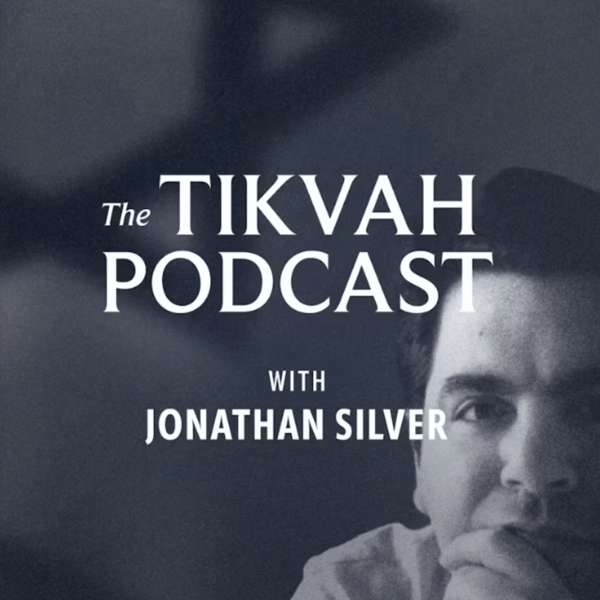David Evanier on the Rosenbergs, Morton Sobell, and Jewish Communism
The Tikvah Podcast
Tikvah
4.6 • 620 Ratings
🗓️ 3 July 2019
⏱️ 31 minutes
🧾️ Download transcript
Summary
The trial of Julius and Ethel Rosenberg is perhaps the most (in)famous espionage trial in all American history. While their conviction and execution remain familiar and controversial episodes in the Cold War, the fate of their co-conspirator Morton Sobell is less well-known.
In his Mosaic essay, “The Death of Morton Sobell and the End of the Rosenberg Affair,” author David Evanier digs into the details of Sobell’s life before and after the fall of the Rosenberg ring. As he looks back on this period in American history, Evanier also illuminates what Sobell’s life can tell us about the many Jews who attached themselves to the Communist movement. For while only a tiny number of Jews were Marxists, American Jewish Communists did make up a disproportionate share of the American party—much to the chagrin of their coreligionists.
In this podcast, Evanier joins Tikvah Fund Senior Director Jonathan Silver to discuss his essay. Evanier reviews the details of Sobell’s life—from his birth into “Jewish Communist royalty” to his late-in-life confession, explains how he came to know Sobell personally, and reflects on the beliefs and priorities of those Jews who were drawn to American Communism, even in the midst of the Cold War.
Musical selections in this podcast are drawn from the Quintet for Clarinet and Strings, op. 31a, composed by Paul Ben-Haim and performed by the ARC Ensemble.
Transcript
Click on a timestamp to play from that location
| 0:00.0 | The trial of Julius and Ethel Rosenberg is one of the most well-known espionage trials in all of American history. |
| 0:15.4 | The fate of their co-conspirator Morton Sobel is less well-known, but it is the subject of this week's Tikva podcast. I'm |
| 0:22.8 | your host, Jonathan Silver. In the June 2019 monthly essay in Mosaic, the death of Morton |
| 0:29.3 | Sobel and the end of the Rosenberg affair, David Evaneer, digs into the details of Sobel's |
| 0:34.7 | life before and after the fall of the Rosenberg ring. |
| 0:38.4 | As he looks back on this period in American history, |
| 0:41.4 | Avenir also illuminates what Sobel's life can teach us about the Jews who attach themselves |
| 0:46.1 | to the communist movement. |
| 0:48.3 | As one of Mr. Evanier's mosaic respondents Harvey Clare makes clear, |
| 0:53.0 | although Jews made up a disproportionate share of the |
| 0:55.6 | Communist Party in America, perhaps as much as 40% in 1939, the party itself never held more than |
| 1:02.3 | 100,000 members. So, in an American Jewish population of several million, a tiny percentage were |
| 1:09.4 | communists. And he goes on to remind us, |
| 1:12.6 | there were also among Jews a greater number of fierce enemies of communism than is sometimes credited. |
| 1:18.6 | In the socialist garment unions, the Zionist enclaves, and of course in the religious world, |
| 1:23.6 | Jews who understood that communism was a pernicious doctrine waged a continuous |
| 1:29.0 | war against its influence. For most of the Jewish community, Claire writes, the highly visible |
| 1:34.8 | presence of so many Jews in the Communist Party, amplified by the location of so many of them in New York, |
| 1:41.3 | the cultural and intellectual center of American life was a constant |
| 1:45.0 | source of tension and embarrassment. In today's conversation with Mr. Evaneer, we discussed |
| 1:50.9 | the source of that tension and that embarrassment, and one of the most significant figures, Ethel |
| 1:56.0 | and Julius Rosenberg's co-conspirator, Morton Sobel. If you enjoy this conversation, you can subscribe to the |
... |
Please login to see the full transcript.
Disclaimer: The podcast and artwork embedded on this page are from Tikvah, and are the property of its owner and not affiliated with or endorsed by Tapesearch.
Generated transcripts are the property of Tikvah and are distributed freely under the Fair Use doctrine. Transcripts generated by Tapesearch are not guaranteed to be accurate.
Copyright © Tapesearch 2025.

